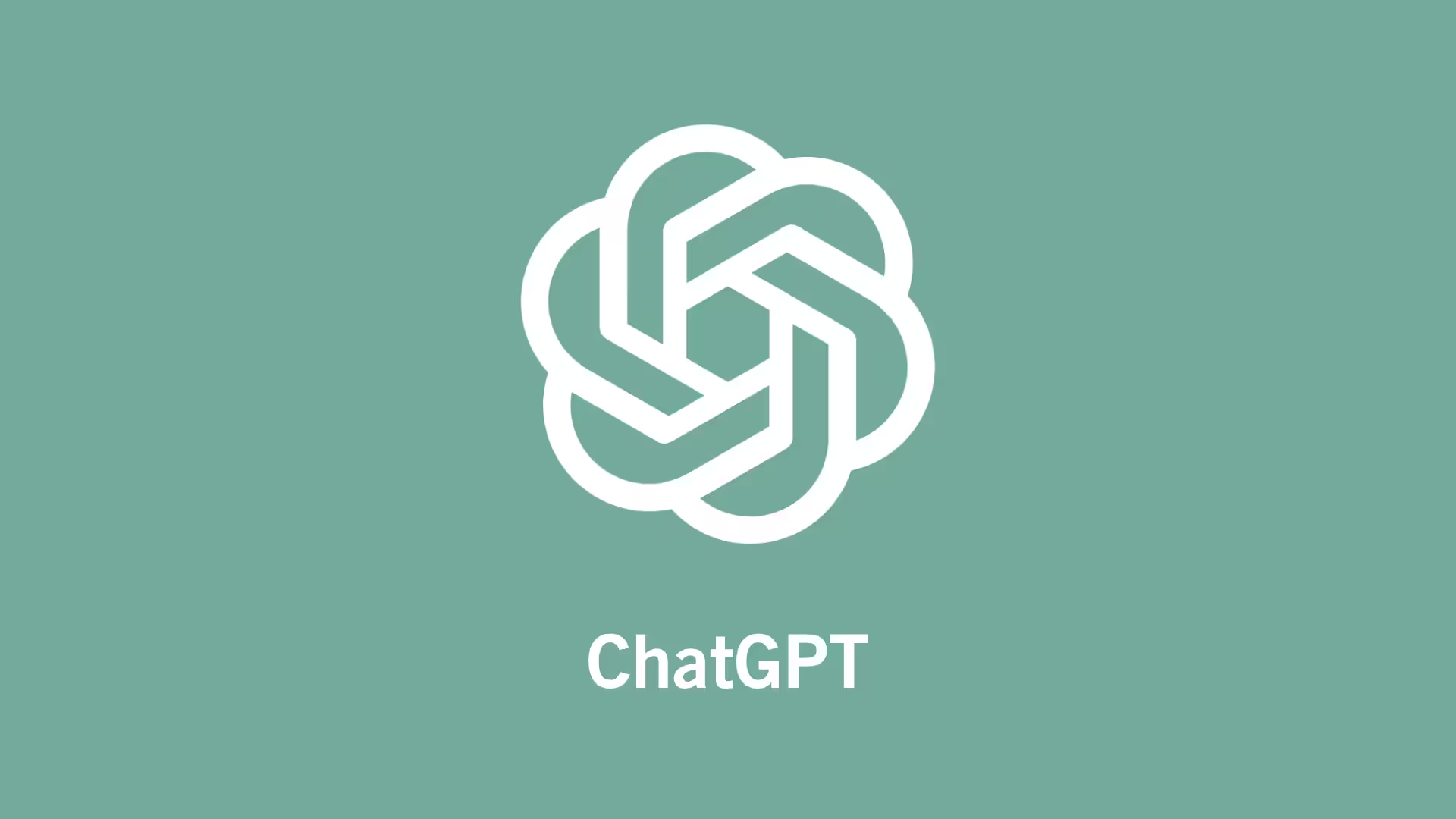Understanding ChatGPT and Meta AI: A Deep Dive
Introduction
Artificial Intelligence (AI) has undergone a remarkable evolution over the past few years, reshaping industries, enhancing productivity, and even changing the way we communicate. Among the most significant players in this field are OpenAI and Meta (formerly Facebook), both of which have developed sophisticated AI models that are setting the stage for future advancements. In this article, we will explore the intricacies of ChatGPT, its underlying architecture, and how it compares to Meta’s AI initiatives.
What is ChatGPT?
Overview
ChatGPT is a conversational AI model developed by OpenAI. It is built on the GPT (Generative Pre-trained Transformer) architecture, which enables it to generate human-like text based on the input it receives. The model is fine-tuned for dialogue, allowing it to understand context, maintain conversational flow, and provide coherent responses.
Technical Architecture
- Transformer Model: At its core, ChatGPT employs a transformer architecture, which utilizes self-attention mechanisms to weigh the significance of different words in a sentence. This allows the model to understand context and nuances in language.
- Pre-training and Fine-tuning:
- Pre-training: ChatGPT is initially trained on a vast corpus of text from the internet. During this phase, it learns grammar, facts about the world, and some reasoning abilities.
- Fine-tuning: After pre-training, the model undergoes a fine-tuning phase, where it is optimized for specific tasks, such as conversational understanding and providing relevant responses.
- Reinforcement Learning from Human Feedback (RLHF): To enhance the model’s conversational abilities, OpenAI employs reinforcement learning techniques, where human trainers provide feedback on model outputs, helping it to learn preferred responses and improve its performance over time.
Applications
ChatGPT has a wide range of applications, including but not limited to:
- Customer Support: Businesses use ChatGPT to handle customer inquiries, providing instant responses and improving user experience.
- Content Creation: Writers and marketers leverage ChatGPT for brainstorming, drafting articles, or generating creative content.
- Education: The model can assist learners by answering questions, explaining concepts, and providing tutoring.
Meta AI: A Competitor in the AI Landscape
Overview
Meta AI focuses on advancing AI technologies to enhance its platforms and applications. With projects like PyTorch and the development of various AI models, Meta aims to create more interactive, personalized experiences for its users.
Key Projects
- LLaMA (Large Language Model Meta AI): Meta’s answer to OpenAI’s GPT models, LLaMA aims to provide competitive performance in natural language processing tasks while being accessible for research purposes.
- Research in Computer Vision and Multimodal AI: Meta has made significant strides in computer vision, developing models that can interpret and generate visual content. This research is crucial for enhancing user engagement on platforms like Instagram and Facebook.
- Open Source Initiatives: Meta promotes open-source projects, allowing researchers and developers to utilize and contribute to its AI models, fostering collaboration and innovation in the AI community.
Applications of ChatGpt
Meta AI’s technologies are integrated across various platforms, enhancing features like:
- Content Moderation: Using AI to detect harmful content and improve user safety.
- Personalization: Tailoring content recommendations based on user behavior and preferences.
- Augmented Reality (AR): Developing AI-driven AR experiences that engage users in new ways.
ChatGPT vs. Meta AI: A Comparative Analysis
Performance and Usability of ChatGpt
While both OpenAI and Meta offer robust AI solutions, their focus and strengths differ. ChatGPT excels in conversational tasks, providing fluid and context-aware interactions. In contrast, Meta’s models, particularly LLaMA, focus on a broader array of tasks, including visual content generation and multimodal applications.
Accessibility and Community Engagement
Meta’s open-source approach fosters a community of developers and researchers who can experiment with and improve its AI models. OpenAI, on the other hand, offers a more controlled environment, prioritizing safety and ethical considerations, but has also introduced access to its models through APIs, allowing integration into various applications.
Ethical Considerations in ChatGpt
Both companies emphasize the importance of ethical AI use. OpenAI actively works on reducing biases and ensuring its models are used responsibly. Similarly, Meta focuses on addressing misinformation and harmful content through its AI technologies, aiming for safer online interactions.
Conclusion
ChatGPT and Meta AI represent two powerful forces in the realm of artificial intelligence. While ChatGPT shines in conversational applications, Meta AI pushes the boundaries of multimodal and visual AI capabilities. As both organizations continue to innovate, the landscape of AI will evolve, leading to more advanced, user-friendly applications that can profoundly impact society. The future holds immense potential, and understanding these AI systems will be crucial for leveraging their capabilities responsibly and effectively.

